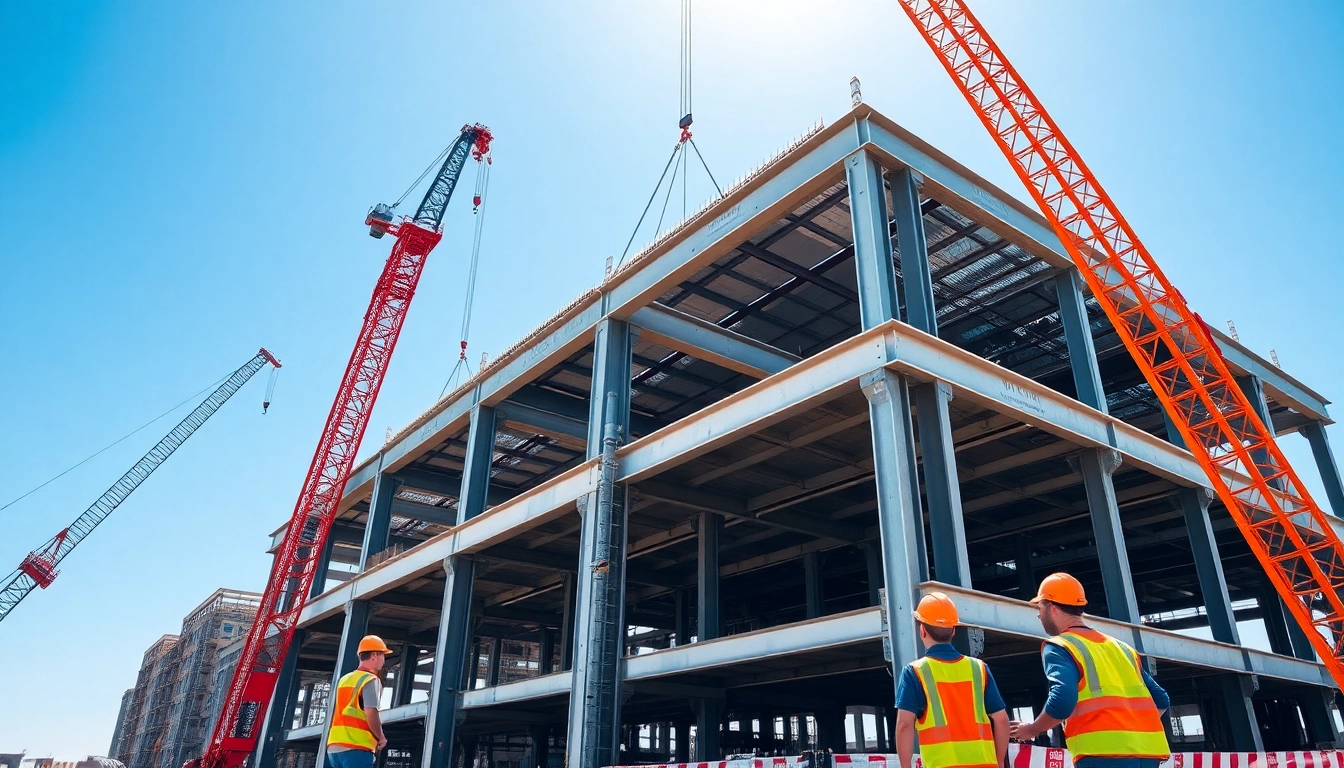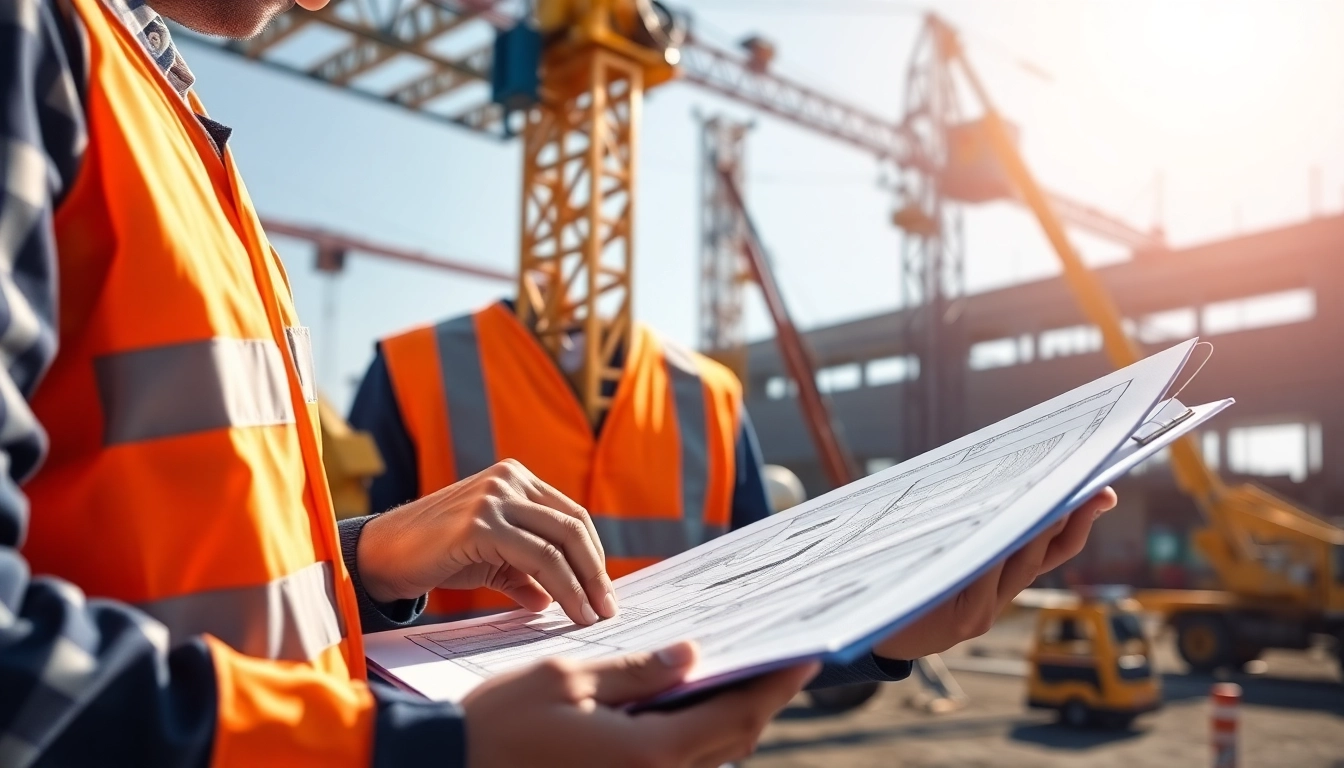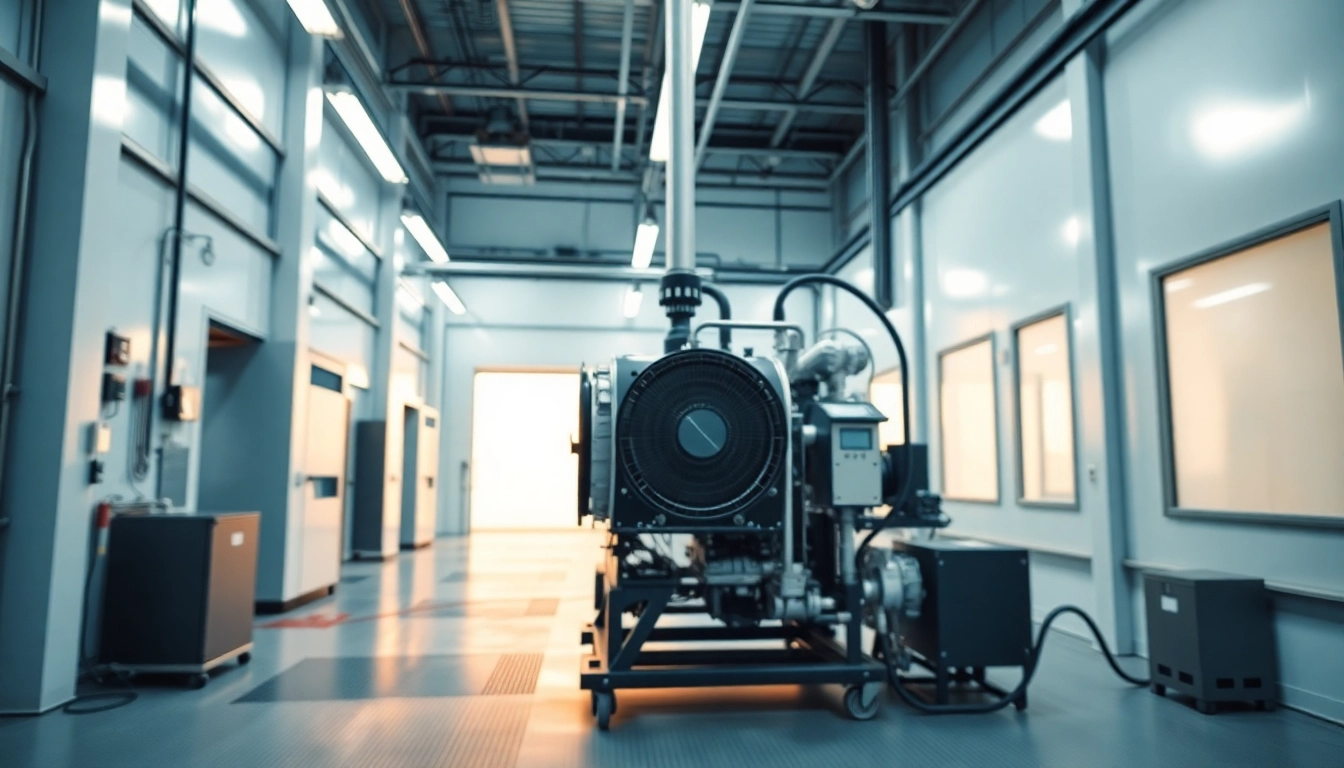Introduction to Structural Steel Construction
Structural steel construction is a critical component of modern architecture, providing essential support and durability for buildings and infrastructure. The use of steel in construction has transformed the way we approach architectural design and engineering, allowing for innovative and expansive structures that were previously impossible. This article will delve into the fascinating world of structural steel construction, exploring its history, benefits, various types, construction techniques, and future trends. For a deeper understanding of the attributes and applications of this essential material, consider visiting structural steel construction websites for further insights.
What is Structural Steel?
Structural steel refers to steel that is manufactured to defined specifications, providing particular shapes and sizes to be used in construction. It is a standardized product that is utilized around the world to form the skeletal structure of buildings. Common forms of structural steel include beams, columns, channels, angles, and plates. The main advantage of structural steel is its high strength-to-weight ratio, which allows it to support significant loads while being relatively lightweight. This enables architects to create spacious interiors without the need for excessive building materials.
Historical Context of Structural Steel Construction
The use of steel in construction began in the late 19th century, marking a significant shift in building practices. The introduction of steel allowed for height and scale in urban architecture that had not been achievable with traditional materials like wood and stone. One of the most iconic examples from this era is the Home Insurance Building in Chicago, completed in 1885, which is often considered the first skyscraper. The evolution of steel production methods, particularly the Bessemer process, drastically reduced costs and increased the availability of high-quality steel, thereby facilitating its use in structural applications.
Common Applications in Modern Architecture
Today, structural steel is used in a variety of applications across numerous sectors, including residential, commercial, industrial, and infrastructural projects. The versatility of structural steel allows it to be employed in high-rise buildings, bridges, stadiums, and warehouses. Moreover, modern architectural trends increasingly favor open floor plans, making structural steel a preferred choice due to its ability to provide ample unobstructed space. Innovative designs such as cantilevered balconies and expansive glass facades are also made possible through the use of robust, lightweight steel frameworks.
Benefits of Structural Steel Construction
Strength and Durability of Structural Steel
The inherent strength of structural steel makes it capable of withstanding both static and dynamic loads, including those experienced during extreme weather events or seismic activity. Its high tensile and compressive strength means that structures built with steel can endure significant forces without failure. Additionally, structural steel is highly resistant to variability in temperature and does not warp or crack like some traditional building materials might. This durability not only enhances the lifespan of buildings but also minimizes maintenance costs over time.
Cost-Effectiveness in Projects
While the initial cost of structural steel may be higher than some alternatives, its long-term cost-effectiveness is undeniable. The speed of assembly due to prefabricated components allows for shorter construction timelines, which can significantly reduce labor costs. Moreover, structural steel’s strong resistance to termites and other pests eliminates costs associated with pest management and damages. Finally, the lightweight nature of steel often reduces foundation costs, providing an overall economical solution for various construction projects.
Environmental Considerations of Using Steel
In light of growing environmental concerns, structural steel is recognized as a sustainable choice for construction. It is largely recyclable, with a majority of steel products being composed of recycled material. The production of structural steel often has a lower carbon footprint compared to other materials, especially when considering the lifecycle of the product. Furthermore, modern manufacturing techniques have focused significantly on reducing waste and energy consumption during steel production. These ecological advantages make structural steel a favorite among developers of green buildings seeking to meet sustainable design certifications.
Types of Structural Steel Used in Construction
Common Shapes and Sizing Standards
Structural steel comes in various shapes and sizes, each tailored for specific applications. The most common shapes are I-beams, hollow structural sections (HSS), angles, channels, and plates. I-beams, for instance, are favored for their efficiency in bending and axial loads, making them ideal for columns and girders. Generally, the sizing of structural steel components adheres to standards set by organizations like ASTM International and the American Institute of Steel Construction (AISC), ensuring consistency and safety across projects.
Grades and Their Applications
Structural steel is produced in several grades, each defined by its specific yield strength and chemical composition. Common grades include A36, A572, and A992, among others. A36 is a versatile low-carbon steel used primarily for welded structures and general fabrication, while A572 is known for its higher strength and is frequently used in high-rise and heavy load applications. Understanding these grades and their respective applications is crucial for engineers and architects in selecting the right material for their specific projects.
The Role of Specialty Steel in Unique Projects
For specialized projects, such as those requiring unusual shapes or higher performance characteristics, specialty steel enhances the versatility of structural steel construction. Alloy steels—such as stainless steel and high-strength low-alloy (HSLA) steel—are engineered to provide enhanced corrosion resistance or to function in extreme conditions. These materials are essential in applications such as offshore structures, bridges in corrosive environments, or projects aiming for unique aesthetic qualities. The emergence of 3D printing in steel fabrication is also revolutionizing the customization of components, allowing for innovative architectural expressions.
Construction Techniques for Structural Steel
Assembly and Erection Processes
The assembly of structural steel elements is a critical phase in construction and involves careful planning and coordination. Typically, the steel components are fabricated off-site and then transported to the construction location. Erection involves the careful placement of steel segments into position using cranes and other lifting equipment. Following the positioning, components are connected through bolting or welding, ensuring that each connection meets the necessary engineering specifications. Precision in assembly is paramount for maintaining the structural integrity and safety of the building.
Welding and Bolting Techniques
Both welding and bolting are vital techniques used to secure steel components together. Welding offers a strong, monolithic joint that can withstand high levels of stress, making it particularly suitable for dynamic loads. Different welding methods, such as MIG, TIG, and arc welding, can be utilized depending on the structural requirements and material grades. On the other hand, bolting allows for easier assembly and disassembly, making it advantageous for projects requiring modifications or future expansion. Proper execution and adherence to safety standards during these processes are essential to prevent structural failures.
Quality Control in Structural Steel Construction
Achieving high standards in quality control is crucial in structural steel construction to ensure safety and longevity. This involves comprehensive testing of materials and inspections at various stages of production and assembly. Non-destructive testing (NDT) methods, such as ultrasonic testing or magnetic particle inspection, can detect flaws in welded joints or steel integrity without causing damage. Regular quality audits and compliance with industry standards safeguard the overall structural performance, aligning with regulatory requirements and best practices in construction.
Future Trends in Structural Steel Construction
Innovations in Steel Fabrication and Design
The future of structural steel construction is marked by technological advancements that reshape fabrication and design methodologies. Emerging technologies like Building Information Modeling (BIM) streamline the design process, allowing for better visualization and coordination among team members. Additionally, automation and robotics in steel fabrication reduce human error and enhance precision, thereby increasing efficiency. Furthermore, sustainability in design is becoming ever more crucial, pushing for innovations such as modular construction and optimizing resource use throughout a project’s lifecycle.
Smart Technologies in Construction Schedules
Technological innovations extend beyond fabrication into project management and scheduling. Smart technologies, including IoT (Internet of Things) devices and data analytics, enable construction teams to monitor real-time progress and systems performance. This connected approach leads to advanced planning and resource management, providing insights that help prevent delays and cost overruns. Future construction projects will increasingly leverage these data-driven decisions to enhance productivity and overall project outcomes.
The Future of Sustainable Building Materials
As the construction industry continues to prioritize sustainability, the future of structural steel construction will align with global goals for environmentally friendly practices. The development of low-carbon steel and advances in green manufacturing processes are promising ways to further reduce the impact of steel production on the environment. Continuous research into recycling methods and the life-cycle impact of materials will enhance the role of structural steel in creating buildings with a minimal ecological footprint, affirming its place in sustainable architecture.



